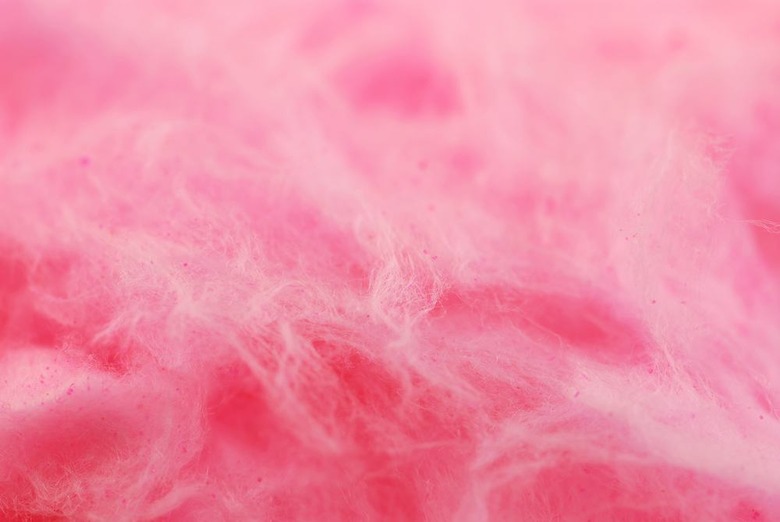What Cotton Candy Machines Can Teach Us About Creating Artificial Organs
Cotton candy machines may prove instrumental to our understanding of how to make artificial organs, a new study from the journal of Advanced Healthcare Materials suggests.
Cotton candy, which is formed by intricate networks of incredibly thin threads of sugar, is comparable to the size, density, and complexity of the patterns formed by capillaries — the tiny vessels that deliver nutrients and oxygen to cells, and transport waste. These capillary systems are required to create functional artificial organs.
Now, a team of researchers from Vanderbilt University reports that it has used a cotton candy machine to create a three-dimensional artificial capillary system that "can keep living cells viable and functional for more than a week, which is a dramatic improvement over current methods," according to a press release.
"Some people in the field think this approach is a little crazy," said lead researcher Leon Bellan, "but now we've shown we can use this simple technique to make microfluidic networks that mimic the three-dimensional capillary system in the human body in a cell-friendly fashion. Generally, it's not that difficult to make two-dimensional networks, but adding the third dimension is much harder; with this approach, we can make our system as three-dimensional as we like."
Now that Bellan and his colleagues know that 3D capillary systems can be created, the next step is to use a machine modeled after a standard cotton candy maker to explore the vessel networks that exist in different tissue types.
"Our goal is to create a basic 'toolbox' that will allow other researchers to use this simple, low-cost approach to create the artificial vasculature needed to sustain artificial livers, kidneys, bone and other organs," said Bellan.
